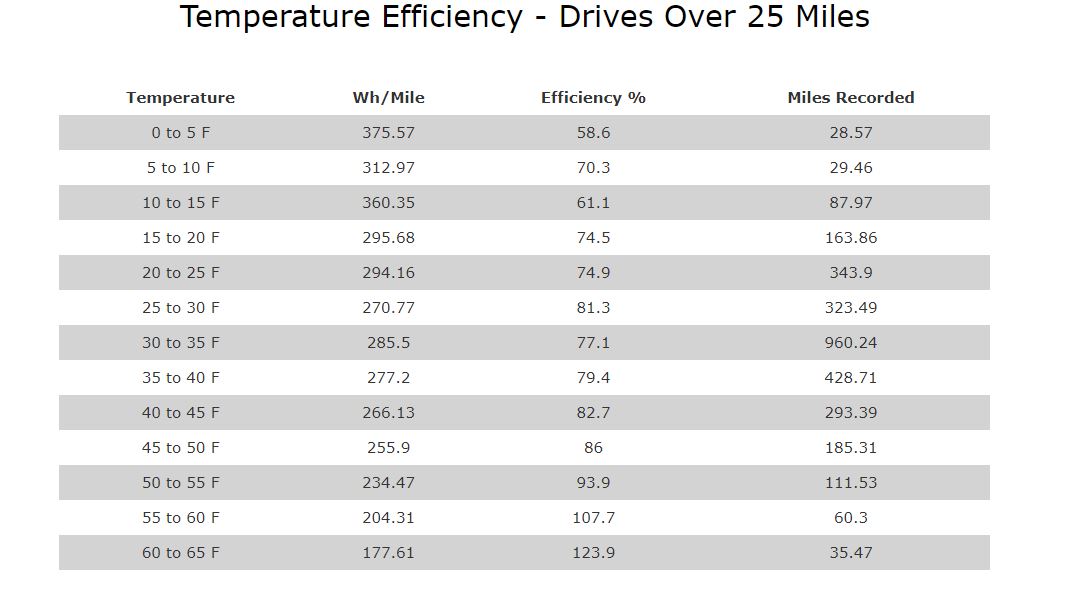These morons report that EVs lose 40-50% of range in 25F ambient condtions
https://www.aaa.com/AAA/common/AAR/files/AAA-Electric-Vehicle-Range-Testing-Report.pdf
Read the method (my bolding) to see what they had to do to achieve their results:
https://www.aaa.com/AAA/common/AAR/files/AAA-Electric-Vehicle-Range-Testing-Report.pdf
Read the method (my bolding) to see what they had to do to achieve their results:
a custom drive sequence was constructed with a combination of EPA dynamometer drive schedules as specified in Appendix B of SAE J1634. The UDDS was performed first, immediately followed by the HWFET and a ten (10) minute soak period. After the soaking period, the UDDS and US06 Driving Schedule (or Supplemental FTP) were performed in succession. Immediately following the US06, a mid-test CSC at 65 mph was driven. The distance of the CSC was specific to each vehicle and was selected such that the end-of-test CSC was about 20 percent of the distance driven throughout the entirety of the test procedure. After the midtest CSC, the UDDS-HWFET-soak-UDDS-US06 test sequence was repeated and an end-of-test CSC at 65 mph was driven until the vehicle was unable to maintain steady-state speed. The constructed drive sequence was utilized for all test vehicles and ambient temperatures.



